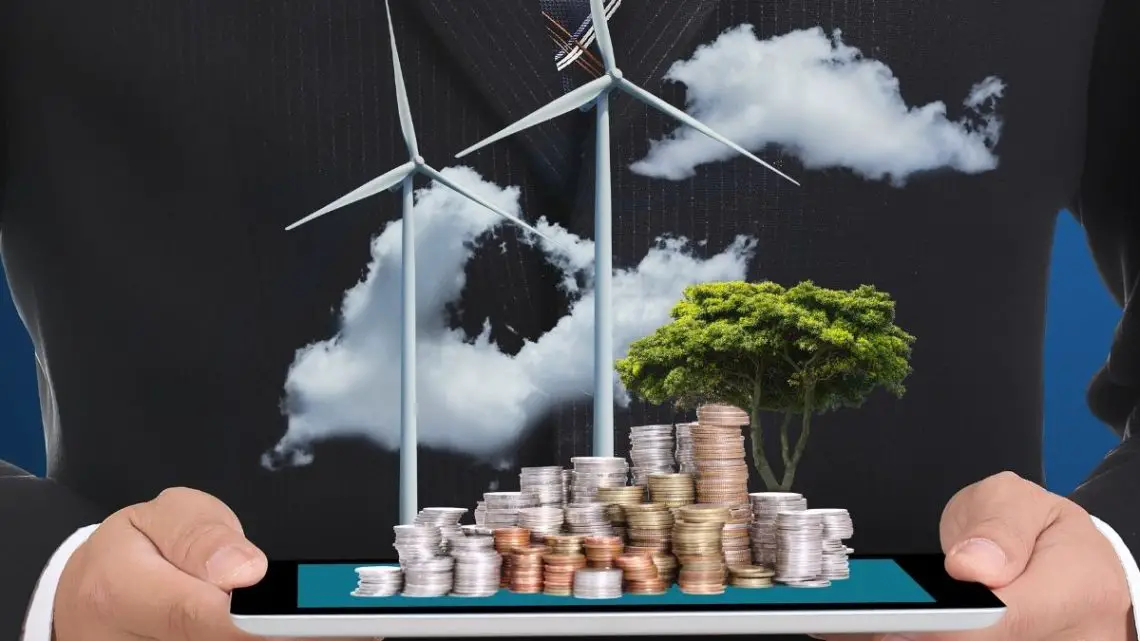
Improving Safety for Workers in Alternative Energy Industries
June 23, 2021Alternative energy is an increasingly vital industry. It’s no secret that we have to make immediate, lasting changes to avoid the irreversible effects of climate change. A significant part of that is switching our reliance upon finite and polluting forms of energy to methods that are safer for the planet and everyone who lives on it. As such, alternative energy has a place as a key industry both now and for the foreseeable future.
However, for all the positives that alternative energy presents, it is certainly not without its risks for employees. As with any industry that operates in large-scale utilities, there are aspects of many roles which can lead to accidents or ill health. As such, leadership must make continual efforts to maintain and improve the safety of their workers.
Let’s take a moment to examine a few of the key areas of focus on this subject. How can the industry better safeguard its workers?
Know the Risks
Quality information will always be one of your most important tools in keeping workers safe. Without taking the time to understand the full range of potential issues, your ability to adequately prepare against them and respond to them will be significantly diminished.
As the sector has been functional for some time now, this has provided insights into some common areas that alternative energy operations can be risky. These are often different from traditional methods of energy production, as the components, environments, and activities are unique to the green sector. Biofuel providers can find that the combination of organic products with catalyst materials can present hazards in toxicity, combustibility, and exposure. Wind energy providers have noted that workers can be at risk of harm from working in confined spaces and suffer from respiratory issues.
However, it’s not enough to just look at the common risks of the industry, put in safeguards, and carry on. Methods develop with time, as does the knowledge of hazards alongside it. Therefore, you need to make certain that research and assessment are regular aspects of operations. Don’t just look inwardly and adjust activities against known threats. Work with organizations to gain up-to-date information about how the behavior and environment of your business might be risky. Indeed, universities are often on the cutting edge of investigating hazards of the energy industry, as well as developing potential solutions for them.

Provide Education
While it’s true that accidents can happen spontaneously, it is also the case that worker behavior has an important role to play in ongoing safety in alternative energy industries. Certainly, there are vanishingly few employees that are likely to cause accidents through willful negligence, that’s not to say that some inadvertent ignorance can’t result in the kind of momentary carelessness that can put themselves and others in the path of danger. As such, industry leaders must dedicate time and resources to employee education and training.
This should be taken from a theoretical and practical standpoint. Each industry has regulations that workers need to be compliant with. However, simple knowledge of these isn’t enough to make a meaningful impact on safety standards. Workers can stick to regulations more effectively if they have a practical understanding of why these are in place and how they relate to the day-to-day aspects of their jobs. This certainly begins with initial training but needs to be reinforced by follow-up development programs and evaluations. Don’t necessarily make them subject to tests, but rather frame assessments around how much the employee understands about the underlying issues, and even reward their innovative thinking to improve the safety of their activities.
Indeed, it can be helpful to not just make workers subject to regulations but include them as an integral part of safety application and development. It should always be your goal to go beyond simple compliance, and your employees are likely to have a more nuanced and working understanding of the challenges involved than those simply writing regulations from research. Form committees that empower workers to shape the safety of the company, and also give them a hand in educating their colleagues and leadership to create protocols for a positive, safe alternative energy workplace.
Utilize Tech Tools
Alternative energy is an emerging sector, and it is developing in line with the incredible advances of our digital age. New technology is being implemented all the time in ways that can make the industry more efficient, more productive, and more practical. The sector already has a leg-up on the future of the workplace in that it is developing workers with relevant skills, and using technology to also make a difference to the community and the planet. These are key business priorities moving forward, particularly as the workplace continues to evolve. But energy providers still need to go further. Leadership must also place focus on embracing tech tools that help to keep workers safe as they contribute to this vital sector.
Artificial intelligence (AI) is an increasingly important and accessible example here. Many of the safety issues surrounding alternative energy production can be linked to the performance of the machinery involved — wind turbines can fall, electronics can fail, pipelines can become damaged due to wear and tear or exposure. Machine learning software can be used to monitor the condition of components, analyzing how they are used, what damages they are subject to, and how often they are maintained by workers. Software can then provide managers with predictions of potential issues, and highlight areas most likely in need of upgrades or attention before accidents occur.
Conclusion
Soon, our society is likely to become more reliant upon alternative energy sources, and those working in these industries must be kept safe. Frequent analysis of the risks combined with education and training can help to mitigate the potential for issues to arise. However, in a technologically enhanced world, it is also smart to utilize the tools of our time to provide additional support and accident prevention.


 HFN News is your leading source for fresh hydrogen and renewable energy updates. Amid the fast-paced growth of hydrogen companies, we provide top-notch news and insights about this exciting sector. Our coverage spans from hydrogen cars to global sustainable initiatives, and we highlight the latest in green jobs and developing hydrogen hubs. We invite you to share your local hydrogen news and explore today’s renewable energy job listings on our site. Thanks for choosing HFN News as your trusted guide to the hydrogen and renewable energy world!
HFN News is your leading source for fresh hydrogen and renewable energy updates. Amid the fast-paced growth of hydrogen companies, we provide top-notch news and insights about this exciting sector. Our coverage spans from hydrogen cars to global sustainable initiatives, and we highlight the latest in green jobs and developing hydrogen hubs. We invite you to share your local hydrogen news and explore today’s renewable energy job listings on our site. Thanks for choosing HFN News as your trusted guide to the hydrogen and renewable energy world!